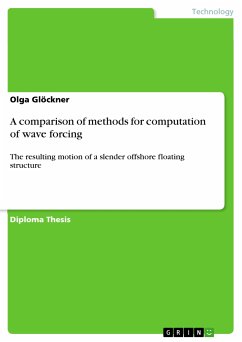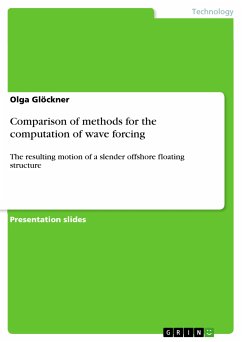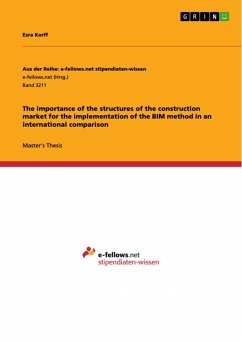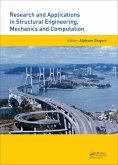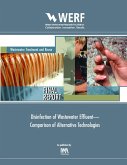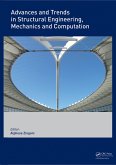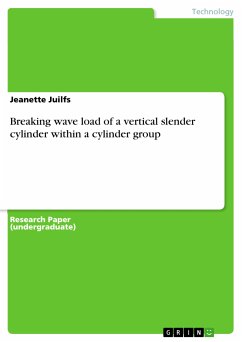Diploma Thesis from the year 2014 in the subject Engineering - Civil Engineering, grade: 1,0, University of Hannover (A&M University Texas, Ludwig-Franzius-Institut für Wasserbau, Ästuar- und Küsteningenieurwesen), language: English, abstract: Unlike fossil fuels (for example oil, coal and natural gas), wind energy is a renewable energy resource. Since winds at sea are stronger and more consistent than onshore winds, the demand for offshore wind turbines has increased over the last years. As energy can be produced more efficient in deeper water, several floating offshore wind turbine constructions, such as the OC3 Hywind spar-buoy, have been proposed. The design of floating wind turbines depends on the simulation of the system behavior caused by exciting forces. This thesis deals with the comparison between different methods for calculating wave forces and resulting platform motions of a floating offshore wind turbine. On the one hand, wave exciting loads computed with Morison's equation are compared to the hydrodynamic forces simulated by the open source code FAST on the basis of the diffraction theory. On the other hand, response motions of the floating structure are simulated by the commercial offshore software SESAM in the frequency domain and compared with the motions calculated by FAST in the time domain.
Dieser Download kann aus rechtlichen Gründen nur mit Rechnungsadresse in A, B, BG, CY, CZ, D, DK, EW, E, FIN, F, GR, HR, H, IRL, I, LT, L, LR, M, NL, PL, P, R, S, SLO, SK ausgeliefert werden.

